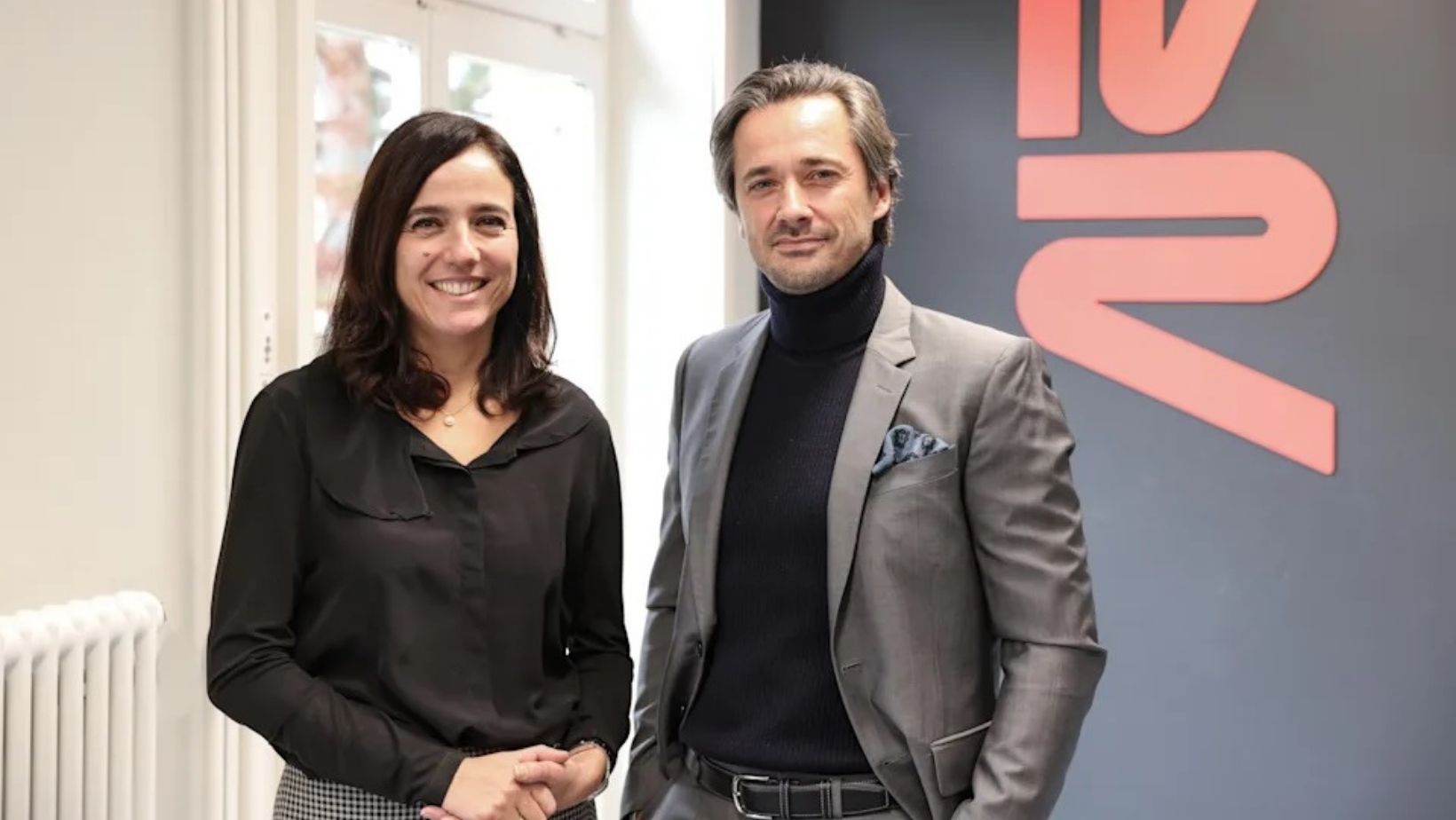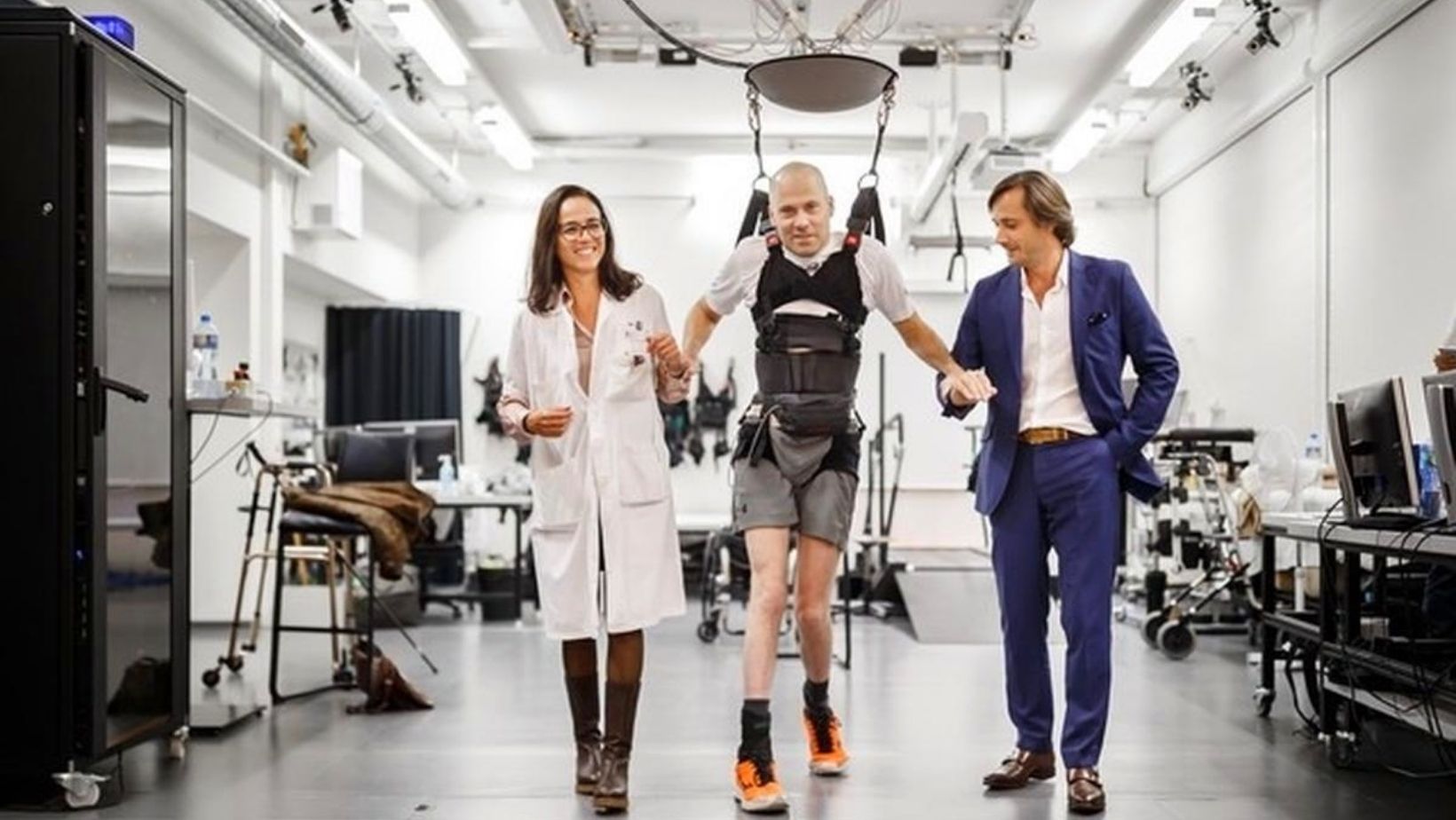Researchers engineered functional human spinal cord tissues that allow paralyzed people to walk again.
A STIMO clinical trial, led by Dr. Jocelyne Bloch from Lausanne University Hospital and Grégoire Courtine of the Swiss Federal Institute of Technology has been launched and results of the study were published in the journal Nature Medicine.
The study identifies the technology behind the device as epidural electrical stimulation (EES), which targets spinal segments and “restores walking in people with spinal cord injury.”
Three patients suffering from complete paralysis had their body movements rapidly restored because of the new implant being studied as part of an ongoing clinical trial.
The patients were all male, aged 29, 32, and 41, had all suffered their injuries as a result of motorbike accidents. After a complete spinal cord injury, messages are unable to successfully travel from the brain to nerves in the spinal cord to activate certain muscles.
The three patients had 16 electrode devices implanted directly into the area between the vertebrae and the spinal cord membrane, which receives currents from a pacemaker implanted under the skin of the abdomen.
In this study, neurosurgeons implanted prototypes of a nerve-stimulation device that allows electrical signals to enter the spine from the patients’ sides rather than their back.
With the help of software on a tablet, researchers, as well as the patients themselves, were able to send electrical pulses to activate previously paralyzed muscles.
Researchers have been looking into electrical stimulation to the spinal cord for three decades. This study redesigned technology originally used to alleviate pain to target spinal nerve roots.
Previous studies out of the University of Louisville have shown that people who were completely paralyzed but still had sensation could walk again with several months of rehabilitation through electrical stimulation to the spinal cord.
The STIMO trial found that within a week of their surgeries, all three participants could walk independently with the use of body-weight support from parallel bars and an overhead harness. Just an hour after the operation, the patients were able to “immediately activate their legs and step”.
Dr. Nandan Lad, a neurosurgeon at Duke University, said this “very exciting work gives a new treatment option for tens of thousands of patients that have spinal cord injury and don’t really have other options.” Dr. Lad is leading a clinical trial in this area of research in the US and was not involved in the new study.
In the new approach, Professor Courtine and his team worked with their technology spin-off company, Onward Medical, to develop larger electrodes that could target all the nerves needed. Each person has 16 electrodes implanted, although the team wants to put 32 into future recipients.
According to the Professor, there is still a long way to go before the technology can be used routinely to help paralyzed people walk.
He said: “This is not a cure for spinal cord injury. But it is a critical step to improve people’s quality of life. We are going to empower people. We are going to give them the ability to stand, to take some steps. It is not enough, but it is a significant improvement.”
A cure would require regeneration of the spinal cord, possibly with stem cell therapies, which are still at a very early stage of research.
Professor Courtine believes that his implant technology could be used in conjunction with nerve regeneration treatments once they are ready. The study noted that with further rehabilitation, the patients could also conduct these activities within their communities.
Scientists believe this ongoing clinical trial emphasized the superior effectiveness of purpose-built, personalized spinal cord-stimulation approaches.
The team behind STIMO is hoping to expand to a larger clinical trial in the U.S., but it will take another three to four years for the technology to become commercially available.







